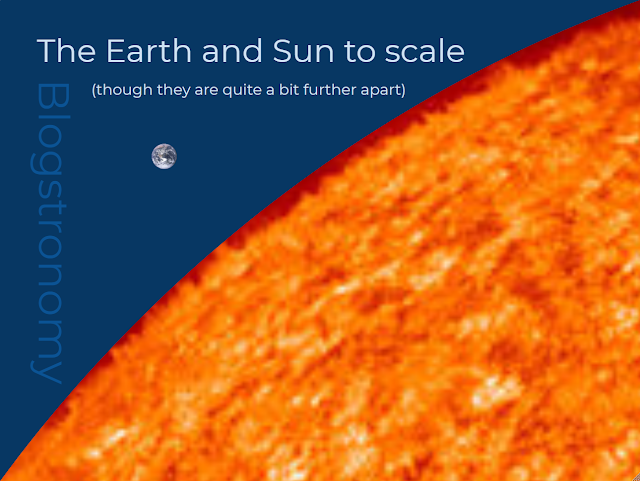Why are black holes always found at the centre of galaxies?
Question posed by Kunal
The important word in this question is 'found'. The thing with black holes is... well, I'll let Holly[1] tell you:
Black holes are pretty hard to see- black on a black background. So we find them by looking at the way other things, things that we can see, act when they're around. Black holes, by their very nature, contain a lot of mass. If something contains a lot of mass, it has a big effect in terms of gravity, so even if we can't see the thing that has all the mass, we might be able to see things orbiting around it.
A really big black hole[2], then, that forms in or near a galaxy tends to shake things up a bit. It's so massive, with such a strong gravitational field, that it collects other matter that's in the area, like stars and their solar systems, which end up orbiting the black hole.
Many scientists believe that there may be black holes wandering in the space between galaxies, but we can't see them because there's no bright matter around for them to interact with. So the basic answer to this question is that supermassive black holes are found in the centre of galaxies because that's where we can see them, or at least the effect that they have! But that's not the most interesting bit...
Which came first: the galaxy or the black hole?

|
| Andromeda Galaxy 560mm FL.jpg by David (Deddy) Dayag, CC BY-SA 4.0, via Wikimedia Commons |
This is a bit of a "chicken or egg?" question: until recently, it was thought that as galaxies formed and developed from enormous clouds of material, parts of this material- gas, dust, stars, planets- gradually fell inwards and collected in the middle until it collapsed under its own gravity to form a black hole. So, it was thought, black hole and galaxy form and grow together.
In the last couple of years, however, studies have been undertaken which compare the amount of matter in a galaxy's central black hole to the amount in the central bulge- the 'halo' of matter orbiting around the supermassive black hole. Galaxies, including our own, have usually been observed to have around a thousand times more mass in the central bulge than is present in the central black hole, but these studies have discovered that younger galaxies don't follow this trend: they seem to have much less matter in their central bulge than in their black hole. This hints that the black hole was there first, with the galaxy forming around it, which is at odds with what has been accepted up until now.
It now seems that black holes develop first, and galaxies form around them, maturing to the standard 1:1000 mass ratio between the black hole and the galaxy's central bulge. But...
Where do supermassive black holes come from in the first place?
There are a number of models for the formation of supermassive black holes that go on to form galaxies. The jury is currently out on which is the most likely; it could be that some or all of the ideas are correct in different situations. Here are some of the ideas:
- Some black holes may have been created in the first instants of the universe from the enormous heat and pressures present after the Big Bang;
- Another model sees a large gas cloud collapsing into an enormous relativistic star, which then becomes unstable in such a way that causes it to collapse directly into a black hole without going supernova;
- Yet another shows a cluster of stars collapsing in on itself with similar effects and consequences as the previous model;
- One more, and possibly the most obvious, involves a stellar-size black hole accreting matter and growing steadily.
An interesting thing about black holes...
Astronomers have discovered black holes that have somewhere between a few times the mass of our Sun up to around 33 times the mass of our Sun. They have also found black holes that have a few thousand times the Sun's mass, up to a few million. Why the gap in the middle? We haven't yet found a reason.
Related links
Footnotes:
- Holly is the AI computer from the BBC TV series Red Dwarf. I used to know pretty much every episode off by heart... This clip is from episode two of series III, entitled Marooned. In case the video has disappeared by the time you get to this post, Holly says: "Well, the thing about a black hole - its main distinguishing feature - is it's black. And the thing about space, the colour of space, your basic space colour, is black. So how are you supposed to see them?" [back]
- Known as 'supermassive black holes', having more than a hundred thousand times the mass of our sun. [back]



Comments
Post a Comment